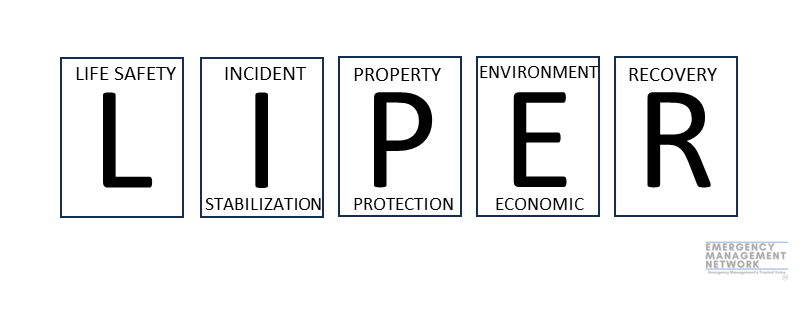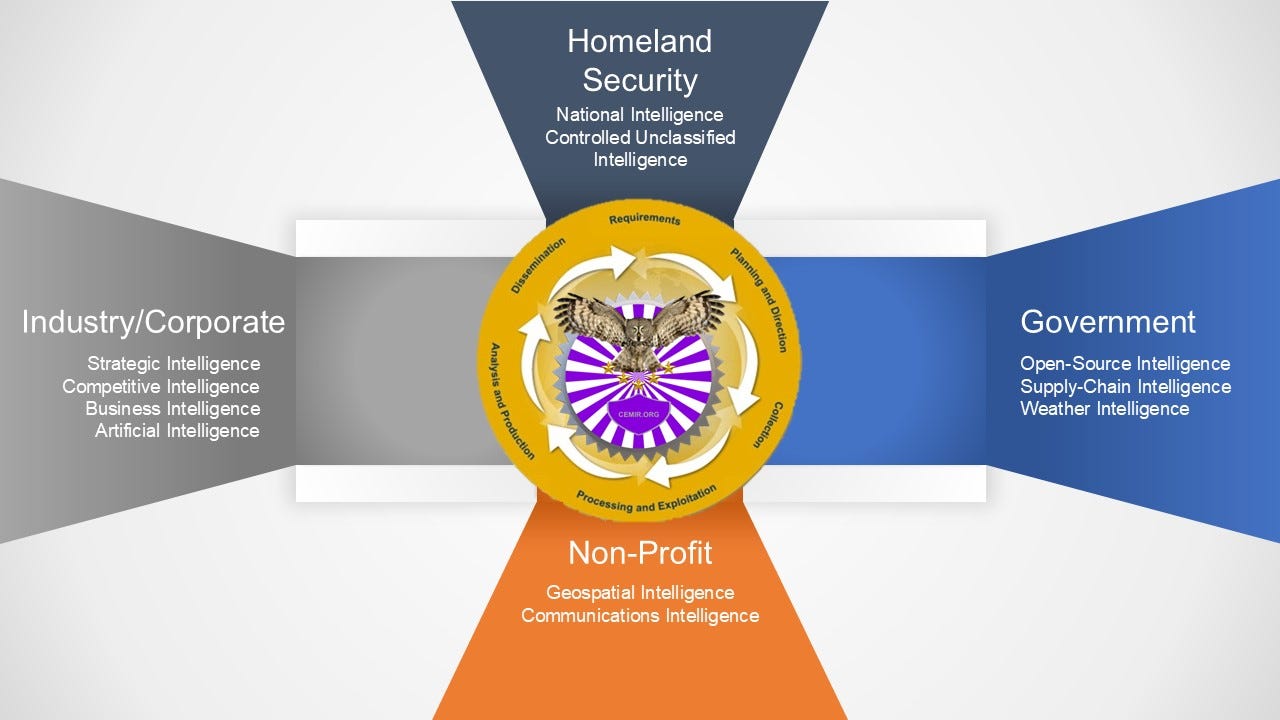Crisis Communications – the Need for Last Mile Actions
Relaying Effective Messages is Critical, Especially on No-Notice Incidents
Crisis Communications – those critical messages from government to the public which tell them what to do before and during and incident, emergency, disaster, etc. must be implemented by local Emergency Managers. This falls right into one of our mantras of “all disasters start and end locally”. It is the local train derailment, apartment complex fire, river flood, cyberattack impact, and more. Those professionals must remain vigilant for all hazards and threats, at all times. Their priorities are well established (and in this order):

Weather Intelligence (WEATHINT) is one of the sources of Emergency Management Intelligence (EMINT), which like the other types of “INTs” must be curated. Curation is a process, not a destination. That means someone receives it, analyzes it and then distributes it to those who can – and must - action on it.

When the U.S. National Weather Service issues watches or warnings, that may be the start of WEATHINT curation. Their curation only goes so far – that last mile really needs local Emergency Management support, redundancy, and the intelligence feedback loop: getting confirmation that crisis communications were received, understood, and starting to be actioned by the public. It is not enough to send out a ton of alerts – local EMs need to know if people are actually taking actions to keep themselves safe.
Below is the U.S. Federal Model for the interoperable and Integrated Public Alert & Warning System (IPAWS). You will see a bunch of redundancies. That is done on purpose:
But the distribution of crisis communications only works when the local Emergency Manager can activate elements of this communications system themselves or request someone else to activate it (24/7). And most importantly, folks in the public need to have their own communications systems to receive these alerts – in languages they comprehend, including American/Puerto Rican Sign Language – and the plans for their own actions upon receiving such alerts.
A weather radio with the NOAA weather channels (with SAME) is ideal. [And note, our links are just examples, we have no financial connections with any of these vendors.] Solutions such as sirens can be confusing (think about 2023’s deadly fire in Maui, Hawaii – the sirens there were designed for tsunamis, not fires. It’s not enough to just blast a siren, without the additional EMINT explaining why and what’s next). Reverse 9-1-1 systems work, if you have cellular service as many folks have eliminated landlines – and adding cellular service in areas without solid reception now is more expensive to implement than repeaters for weather alert radio systems. Also, the percentage of people who opt-out of cell phone alerts is way too high.
You also can’t count on people watching local TV at 4am, but the jarring alarm from a NOAA weather radio (most also have battery backups, there are options for strobe lights and pillow shakers, and some even a hand-crank for power) should awaken just about anyone.
Still, all of this is quite dependent on qualified and professional Emergency Management teams to implement – as the last mile for life safety. Quick notifications into communities may be an ideal role for CERT members. And the U.S. National Weather Service even has an entire community educational awareness and certification program called StormReady.
Let us know what you think about this topic of Crisis Communications on no-notice incidents. Would you like to learn more about how IPAWS works, about StormReady, how your organization can encourage its team to become more vigilant against threats and hazards, or something else? (If it’s that last one, please add details in the comments to this post).






And from Dr. Jeannette Sutton, this piece from what San Mateo California is doing - https://www.smcgov.org/ceo/emergency-alert-system-gets-rewrite-clearer-language-faster-warnings
We are starting to react to your survey results - and thank you for your participation! - First up was IPAWS, so we put together a post collection, something we are calling the "EMN Articles Archive" for this topic/subject. Here's the link: https://emnetwork.substack.com/p/emn-articles-archive-ipaws